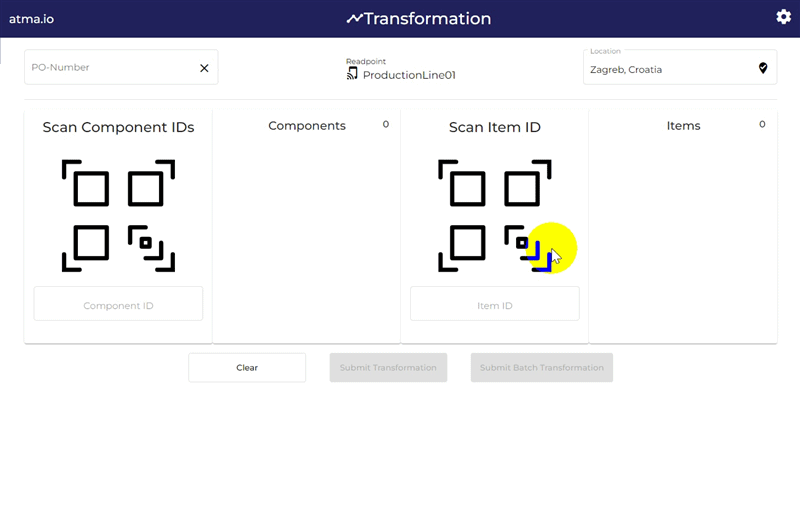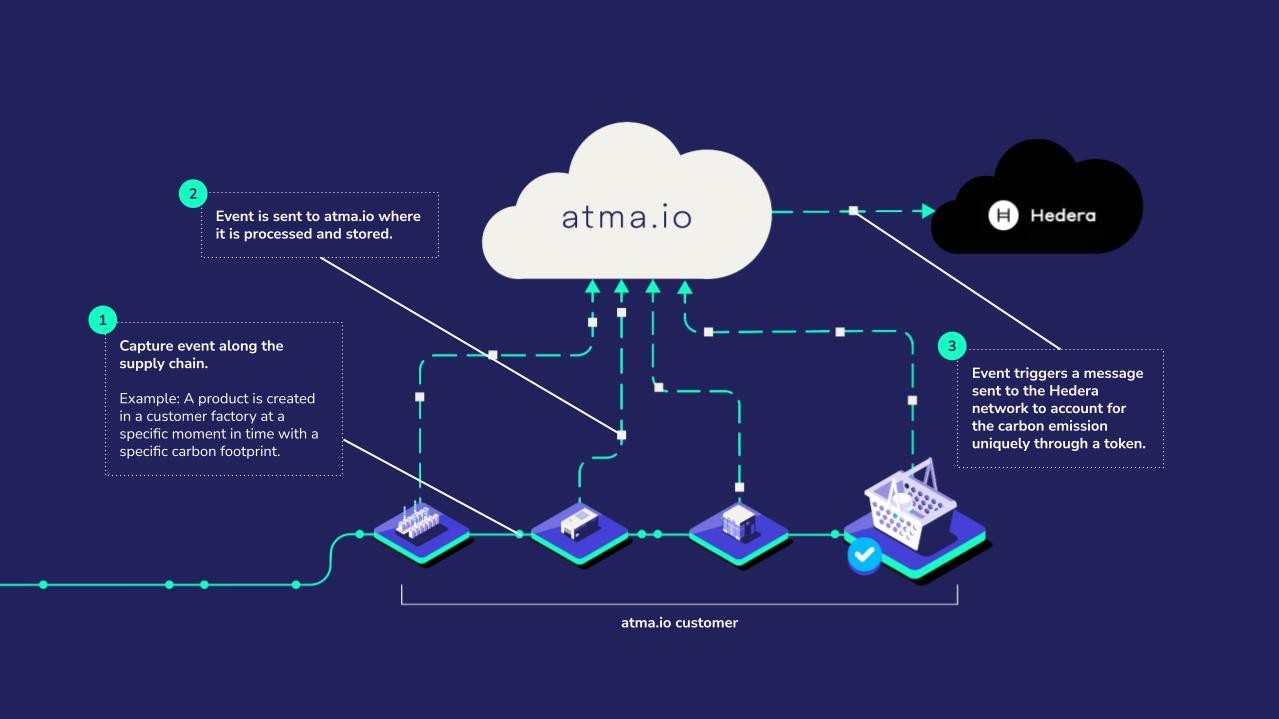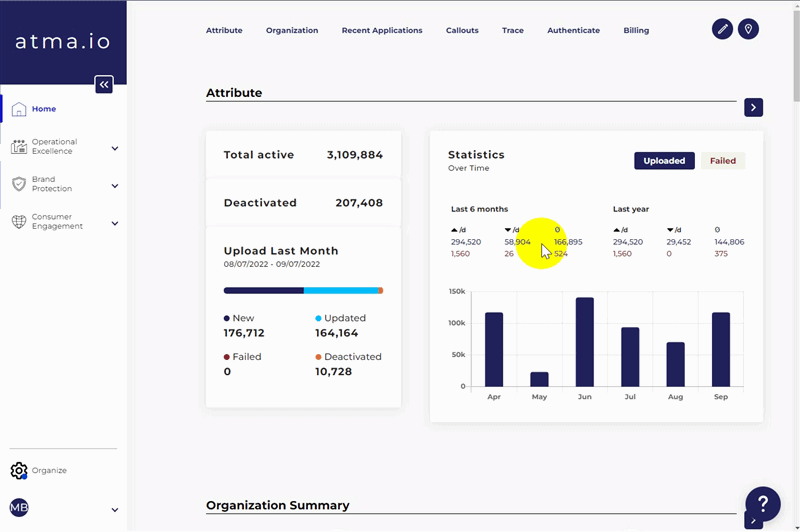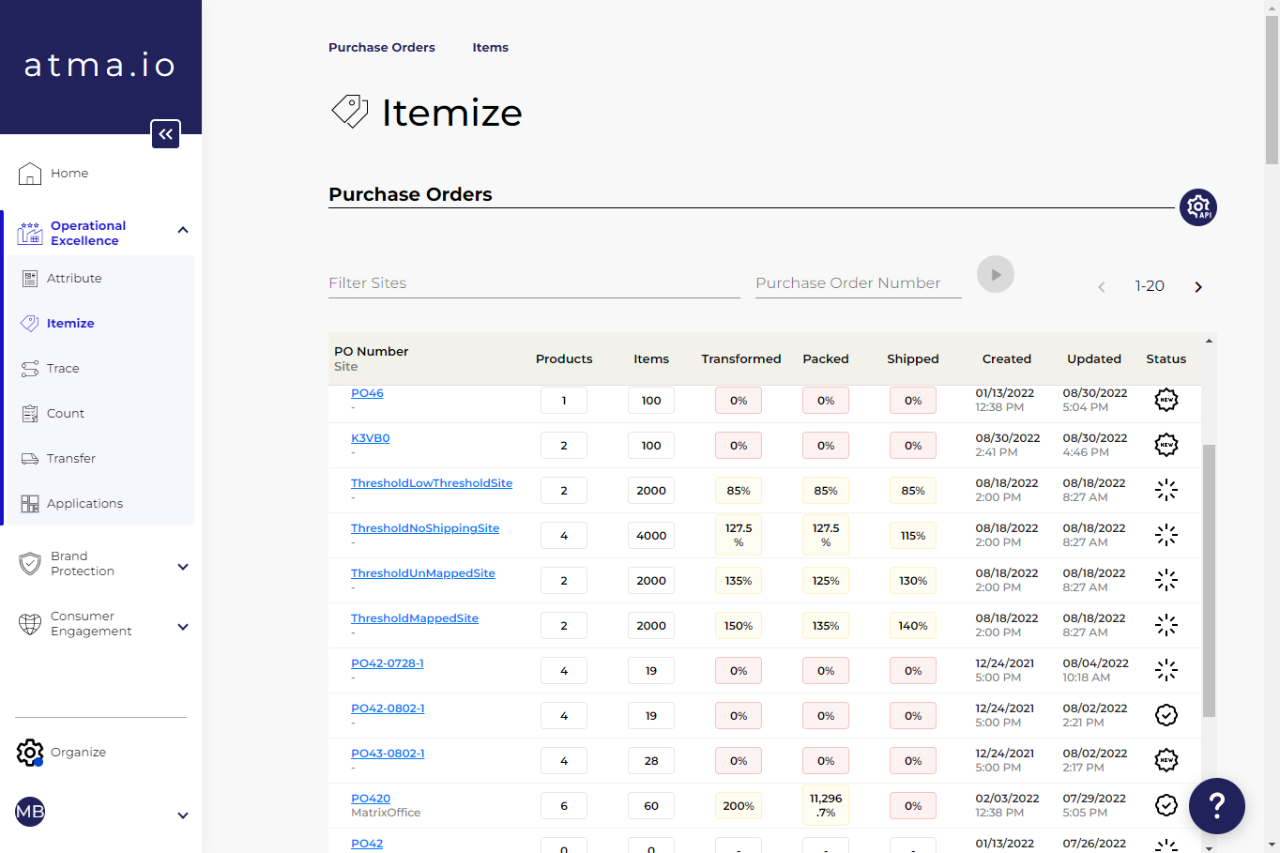What's new?
The newly introduced “Giveaway and Overcharge Monitoring” report extends the atma.io connected product cloud capabilities to calculate and track Giveaway/ Overcharge Variance providing valuable insights to make data-driven decisions that will help to reduce costs.
Problem solved / use cases?
Food producers face multiple challenges. A transparent process of quality control, accurate weighing processes and transparent relationship with customers is a must to ensure loyal and happy customers.
Goods are typically shipped in trays and carried around the factory floor within reusable totes. Further calculations are usually done with the average tote weight declared by the manufacturer. However, over time, tote weight changes because of use (e.g. they get chipped, repaired) affect weight calculations and increase the risk of under or overcharging customers. Especially with large scale production, where minimal differences per item can amount to large sums in total. A cost that can be avoided with better monitoring.
How does it work?
atma.io connected product cloud now has the ability to integrate with production line readpoints, enabling you to manage all totes and trays in one place, and track them throughout their lifecycle. atma.io will then be a data repository for all tote and tray weights from the production line.
Leveraging the stored data, you can then use atma.io’s new “Giveaway and Overcharge Monitoring” report feature to analyze your processes and make informed decisions based on data-driven insights. “Giveaway and Overcharge Monitoring” report leverages granular data so you can see how different products, production lines or facilities perform and how much variance exists in your operation. These are just some of the insights that can be uncovered through the connected product cloud.





